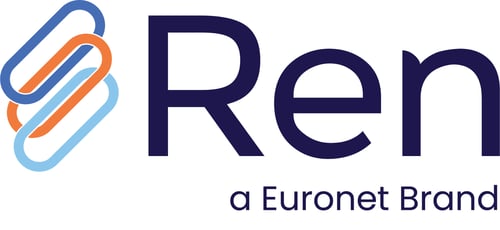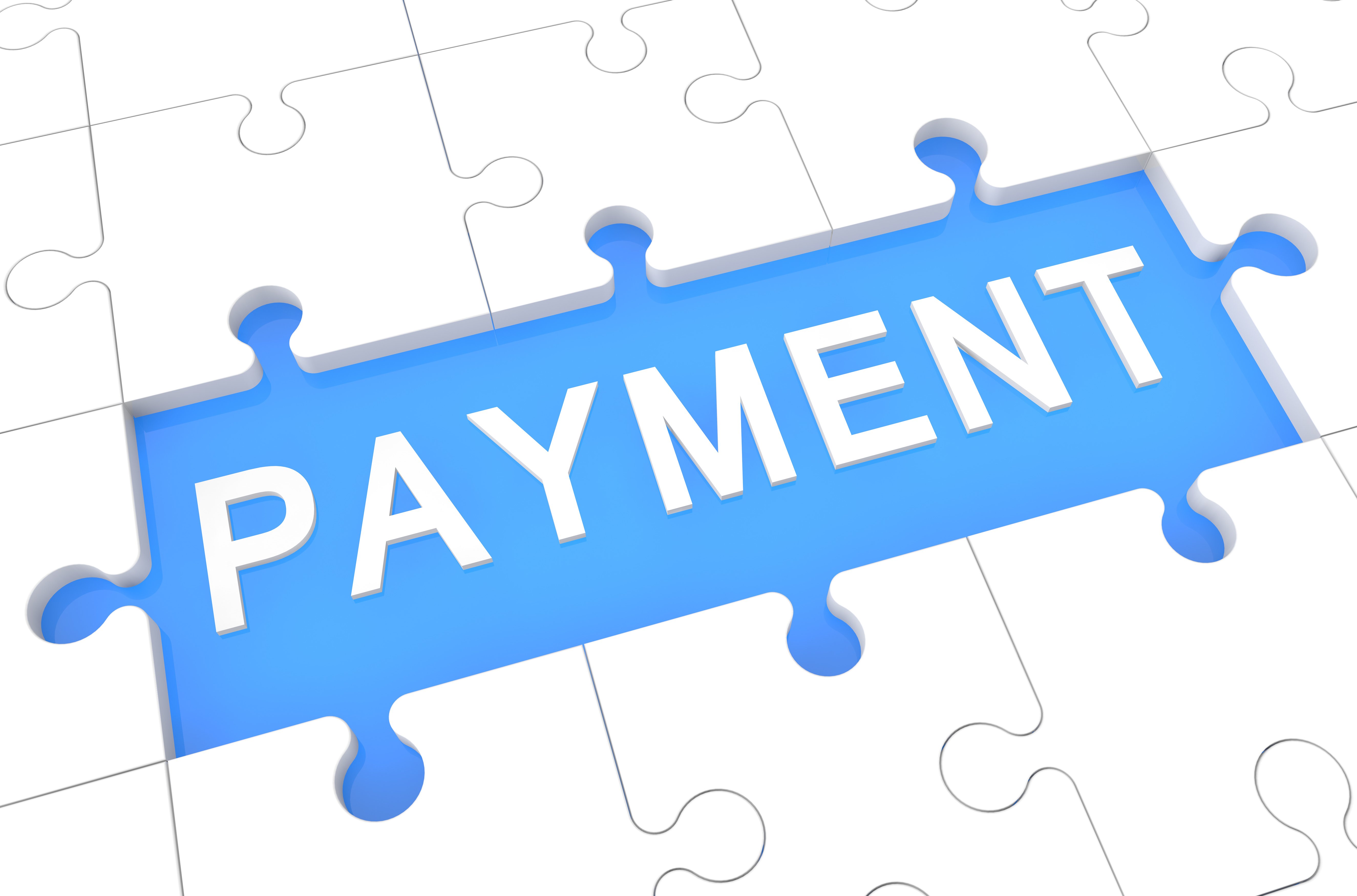FI’s Technology Ecosystem Evolution: Solving the Modern Payments Puzzle
The financial technology landscape in banks and financial institutions has significantly evolved over the years. However, it has now become a complex and unmanageable giant, posing a challenge for these organizations. To address this issue, institutions have established "Steering Committees" and "Think Tanks" to navigate their way out of this tangled situation. Most institutions evaluated two options: -
A. Seek external guidance from prominent consulting firms or
B. Engage in internal discussions to develop the strategic roadmap for the future
This is no easy task as they must have the foresight to prevent incoming technology from becoming outdated, manage the decreasing availability of skilled personnel and safeguard their investments while formulating a modern payments consolidation strategy.
How did we get here?
Experienced banking and payments technocrats understand that technology in this field has evolved organically rather than being meticulously planned. Within the payments IT industry, system processing can be categorized into two types: Online Real-time and Batch Processing. For the retail payments system, it became evident that it required an online or near-real-time processing approach due to the nature of small-ticket transactions. Customers engaging in these transactions sought instant confirmation, as the speed and efficiency of the process were extremely important.
In contrast, systems such as ACH (Automated Clearing House), RTGS (Real-Time Gross Settlement), and wire transactions involve intricate checks, unique customer preferences, and high-value transactions. In these cases, customers were willing to tolerate some delay if the transaction was completed within a reasonable timeframe.
This uncontrolled and unplanned evolution was a response to the diverse requirements and characteristics of various transaction types. This pursuit aimed to ensure optimal customer satisfaction and efficient processing for each specific scenario. As a result, due to the dichotomous nature of system processing and the available technology during that period, different layers were established, albeit somewhat forced, to accommodate different forms of payment.
Consequently, this approach led to the creation of isolated silos or pockets that did not necessarily communicate and conform with one another. The payments landscape encompassed a multitude of forms of payments including ACH, wires, debit cards, credit cards, remittances, digital wallets, and more, forming a complex jigsaw puzzle of payment methods and channels.
Solving for the future
The process of evolution is inherently continuous, and as time progresses, the pace of technological adoption and customer expectations accelerates. In the past two decades alone, we have witnessed significantly more technological innovations than in the previous century. This rapid advancement extends to the realm of payments technology, where the options for payment interactions and methods have multiplied exponentially.
Customers now anticipate making a payment to an individual or a merchant to be as effortless as sending a text message. This expectation applies not only to real-time payments but also to cross-border transactions. Since the advent of smartphones, end consumers expect technology complexities to be handled seamlessly in the background sparing them from navigating these intricacies themselves. Therefore, the focus of the Think Tanks should be on establishing a unified payments platform that offers consumers a seamless and frictionless experience.
Considering the existing fragmented nature of payments technology as one piece of the puzzle and the necessity of providing a smooth and flawless customer experience as the way forward, a viable solution could be the implementation of a common payments platform. This platform would bring together fragmented systems, enabling a cohesive and efficient experience for consumers.
A Consolidated Common Modern Payments Platform
Consolidated payment platforms simplify the payment ecosystem by eliminating the need for multiple payment platforms or systems. This reduces complexity, improves security, enhances user experience, and optimizes cost management.
Having a consolidated payment platform allows organizations to upgrade their existing payment infrastructure and migrate from legacy systems to more advanced and innovative solutions. By leveraging the modern technologies such as cloud computing, artificial intelligence, and real-time processing, a consolidated payments platform can enjoy a range of benefits including:
- Centralized Management: All payment processes, including ATMs, retail online payments, real-time account to account payments, mobile payments, mobile payments, cross border payments, point-of-sale transactions, and more can be managed and monitored from a single interface. This simplifies the operational process and reduces costs and enables better control over payment activities.
- Enhanced Security: A consolidated payment platform employs advanced security measures to protect sensitive payment data. It ensures compliance with industry standards and regulations, such as the Payment Card Industry Data Security Standard (PCI DSS), reducing the risk of fraud and data breaches
- Improved User Experience: By offering a seamless and consistent payment experience across multiple channels, such as web, mobile, or in-store, a consolidated payment platform enhances user convenience and satisfaction. Customers can choose their preferred payment methods and enjoy frictionless payment processes.
- Scalability and flexibility: A modern payment platform should accommodate businesses’ evolving needs. A consolidated payment platform provides scalability, allowing organizations to handle increasing transaction volumes, support new payment methods, and adapt to changing market requirements.
- Operational Excellence: Having a consolidated payment platform also contributes to cost reduction, common fraud and risk monitoring and regulatory driven initiatives.
- New Revenue Stream: It would also help in creating new revenue generating products as one would have a common data pool without being constrained to the "interoperability challenges” of the past. In this way, consumers, and financial institutions would both benefit from a real "Enterprise Payment Hub".
Is this too much of a Utopian world?
It is certainly not without its challenges to build a consolidated payments platform and one might have concerns over disruption, unforeseen challenges, and deployment costs, leading to reputational risk. However, well-designed, and well-thought-out "distributed" deployment architectures, and cloud environments can provide full resiliency without sacrificing the benefits of having consolidated payments platforms.
Undoubtedly, consolidation of payment platforms is a difficult task. “Why fix something that isn’t broken?" is a question up for debate. But, to keep a financial institution fiercely competitive not just amongst peer FI’s but also upcoming fintech players, modernization of services is key. To achieve true modernization; “consolidation” must be considered.
“The key is not to prioritize what’s on your schedule, but to schedule your priorities”
Stephen Covey - Author of 7 Habits of Highly Effective People.
Upgrade to Next-Gen Payments Technology
The rapid evolution of payment technology demands forward-thinking strategies. Our guide offers detailed insights to help you modernize your systems and keep pace with industry advancements. Prepare for the future—download your guide today!
Read More About:
Card Issuing
Switching
ATM Management
Payment Platform
Dynamic Currency Conversion
Payment Hub
Real-Time Payments
Comments



